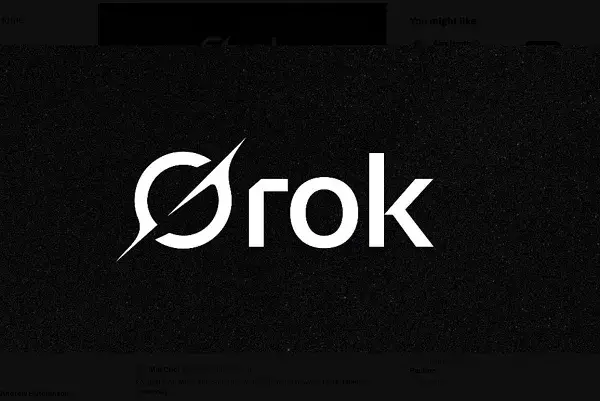The latest update of xAI’s Grok series has generated significant buzz, showcasing a remarkable increase in its downloads and active user engagement. The metrics reveal a tenfold rise in downloads of the standalone Grok app and a fivefold increase in daily active users in just one week following the launch of Grok 3. However, while these figures may appear impressive initially, a critical analysis of such growth reveals an underlying uncertainty in long-term sustainability and market positioning, especially amid the competitive AI landscape dominated by established players.
According to data from Sensor Tower, corroborated by TechCrunch, the launch of Grok 3 led to impressive short-term metrics. Yet, the fundamental question remains: is this merely a fleeting trend driven by novelty? Typically, significant updates tend to attract new users, but the challenge lies in retaining their interest once the initial excitement subsides. To accurately gauge the success of Grok, it is essential to monitor usage patterns over the coming months to ascertain whether user engagement remains stable or diminishes post-launch.
Moreover, Grok’s portrayal as the most advanced AI system on the market raises questions about its actual capabilities when placed alongside mitigating factors such as user experience and context relevance. By positioning the app as a premium tool necessitating a subscription to X Premium and rolling out a new access tier—SuperGrok—xAI aims to funnel users into a subscription model. This strategy mirrors other tech platforms but may fall short if the delivered value does not align with user expectations or needs.
One of the noted features accompanying Grok 3 is the introduction of a voice mode that allows users to interact with the chatbot through spoken queries. This addition, which Elon Musk heralded as a significant development, could revolutionize how users engage with AI. Voice interaction not only aims to streamline communication but could also enhance accessibility for individuals who prefer or require non-textual engagement methods. However, it remains to be seen if this innovation will genuinely contribute to sustained user engagement or merely be a gimmicky feature that fades with time.
Furthermore, Grok’s visual appeal has been refreshed through a redesigned logo, adding to its branding strategy. Nevertheless, visual identity, while important, is secondary to functional effectiveness and user satisfaction—the core elements that drive continued use.
Long-Term Viability: Competition and User Demand
Despite the initial positive indications for Grok, the road ahead is fraught with challenges, chiefly due to competition from established giants like Meta and OpenAI. With Meta’s chatbot reportedly boasting 700 million monthly active users, xAI finds itself contending with an audience that far surpasses its own. This brings into question the viability of xAI’s long-term strategies—can Grok carve out a lasting market segment amid such formidable rivals?
The potential integration of Grok into government processes, as proposed by xAI’s management, may provide a unique niche. Yet, the effectiveness of this strategy hinges on fostering strong relationships with governmental entities and demonstrating tangible benefits to public services. Elon Musk’s connection to the newly formed DOGE group could potentially offer a pathway for public sector collaborations, but skepticism looms over whether this avenue will yield significant returns on investment or influence user growth meaningfully.
Another critical point of contention surrounding Grok is the allegation of censorship within its framework, especially noted in a recent incident where Grok refrained from addressing topics tied to prominent figures, including Elon Musk and Donald Trump. This incident raised alarms about the integrity of the AI’s responses and xAI’s commitment to freedom of speech. It highlights a growing concern that Musk’s vision of an open dialogue might be undermined by selective gatekeeping of information.
While xAI has attributed these censorship-related issues to a miscalibration in system prompts, the incident reveals a larger narrative about the continued struggle for unbiased AI development. The juxtaposition of Musk’s outward advocacy for free speech against the operational practices of xAI raises questions about the integrity and neutrality of Grok as an AI chatbot.
While xAI’s Grok update heralded a promising beginning marked by sudden user growth and new features, a more comprehensive analysis indicates a much more nuanced reality. The long-term sustainability of Grok within the AI chatbot ecosystem remains uncertain. Factors such as user retention, market competition, censorship issues, and the implications of governmental collaborations will play crucial roles in determining Grok’s future. For xAI and Elon Musk, the journey ahead will require deft navigation through technological innovation and ethical considerations to secure a foothold in an increasingly crowded market.


Leave a Reply